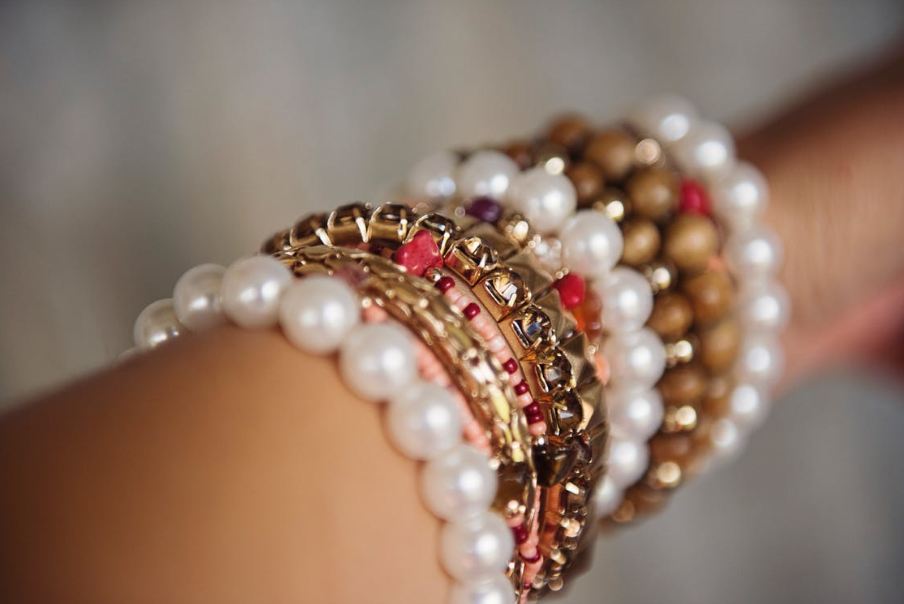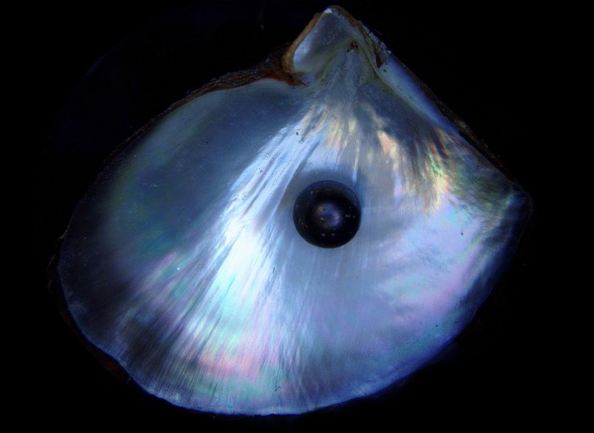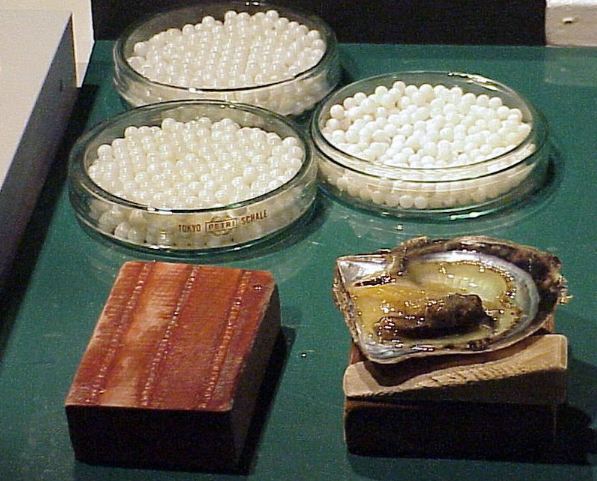Nature has a great way of doing things. Sometimes it completely catches us off guard with something that we had never imagined. Amongst such things, there are pearls. The majority of people are aware of the fact that most gemstones are formed over thousands of years buried within the deep.
However, what they are not aware of the fact is that pearls are created by living creatures. The same oysters we eat are responsible for creating pearls. It is hard to imagine how nature could come up with it but rest assured the quality and demand is sought all over the world. Let us discuss in detail how are pearls formed and what it takes to produce the finest out there.
When it comes to discussing the types of pearls, there are usually two: Natural Pearls and Cultured Pearls. Although both types are quite similar to one another, the basic difference lies in the initial formation of steps.
Natural Pearls
The first type, natural pearls are formed by oysters or mussels in either saltwater or freshwater. These are not manmade but completely a natural formation. When a piece of shell, known as an irritant makes its way inside the creature, the mollusc begins to coat it with multiple layers of a hard substance. This hard substance is called nacre. This is done so that the irritation as well as the discomfort could be reduced. Over time, the nacre layers gradually grow into pearls. Therefore, the longer the pearl remains in the creature, the larger it will become.
Cultured Pearls
As mentioned previously, cultured pearls are formed the same way as natural pearls but there is one difference. That is, the irritant is introduced to the oyster instead of it naturally entering inside it. Once the irritant is introduced by humans, the pearl formulation process stimulates. This process is known as nucleation. In this process, trained specialists carefully cut the oyster’s or mollusc’s body just a bit to introduce and implant a beaded nucleus in the creature. Once the nucleus is planted, the oyster is then put back into the water to do its work.
However, when it comes to the quality of pearls, it is totally up to chance. Humans cannot alter the ways a pearl is formed. It may be of the finest quality or nothing. At the same time, with the progress of technology and X-rays, farmers can now see when pearls have begun forming and whether they are forming the way they want them to.
Cultured Pearls may take several years to form. If it is harvested too quickly, the nacre will be too thin and vulnerable, affecting the luster and ultimately the durability of the pearl. On the other hand, when a pearl is given ample time, it will take better shape and become bigger as well.
What is Nacre?
Nacre is an organic substance that is created and excreted by the oyster to cover and coat the irritant with. Not only is it responsible for covering the irritant but also forms the lustrous and beautiful inside part of the shell. Known as the mother-of-pearl, which plays a crucial role in the formation of pearls.
Nacre is basically made of conchiolin and calcium carbonate that is crystallized. Conchiolin is a type of protein that is acts as a glue to hold the substances together. Typically, the first layer that the mollusc layers the irritant with is conchiolin, which ensures that the nacre layers coming after tightly fit around the nucleus. As a result, the substance that is created is lighter but much harder than concrete.
The process of layering is not perfect every time. Most often, the layers will consist of bumps and uneven blemishes on the pearl. This is the reason that out of thousands of pearls only a very few will come out to be the finest.
Usually, when someone mentions pearls, we think of them as creations that are perfectly white spheres. However, in reality, if you were to observe, only around 5% of the pearls are like that. Pearls are created in a variety of colors and shapes across the world. There was a time when they had little to no value but with the passage of time and demand for antique jewelry and fashion accessories, pearls have risen in demand.
Pearl Luster and Nacre
While nacre plays an important role in the formation of a pearl, pearl luster on the other hand has a fair share of putting the final touches as well. The luster is basically what sets a pearl apart. What we view as luster is a result of light traveling into several layers of aragonite. The same light is then reflected back to the viewer. Therefore, one could say that the bigger the pearl, the more number of luster layers it will contain. These layers will not only be high-quality but dense as well.
Pearl Formation and Pollution
In order to ensure that cultured and natural pearls are formed the right way and of the perfect quality, it is important that the environment is clean, stable, and contains the right temperature. With the rise of pollution and global warming, the quality and shape of pearls is being affected. The quality of water and temperature has significantly gone down over the years.
Natural pearl: worth buying?
Peals are one of the most beautiful creations of nature. Found almost all over the world, pearls take a long time to form but manage to attract the world’s attention when the finest ones are created. Although humans have been able to successfully create pearls as well but nothing can surpass the natural process since it is authentic and original. Plus, they have comparatively more value as well. Therefore, while natural pearls will require huge patience, cultured pearls on the other hand will be less in value.




